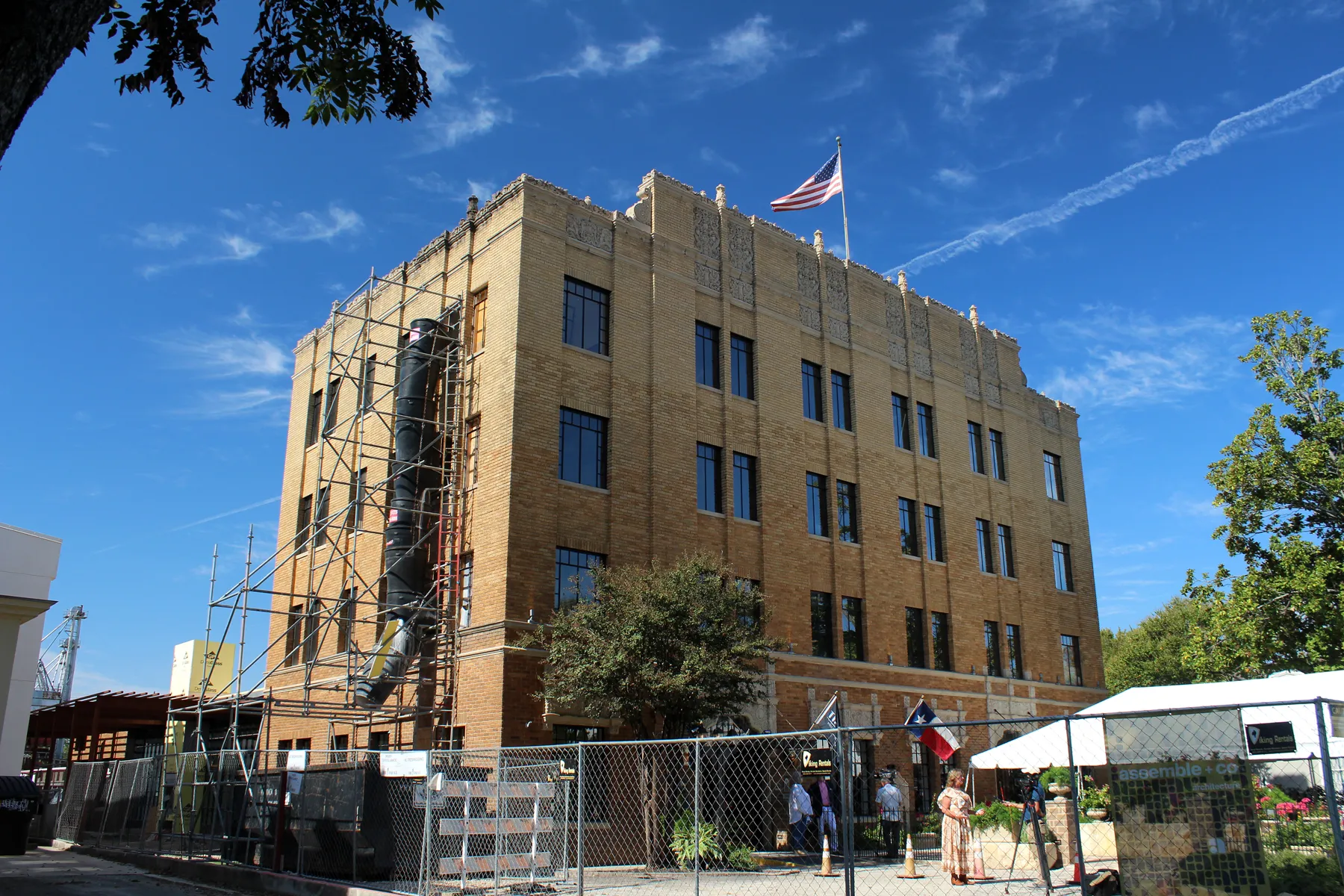Copyright independent

Flexible solar panels are quickly gaining popularity among homeowners and vanlifers looking for a lightweight, portable way to harness renewable energy. Unlike traditional roof-mounted systems, these ultra-thin panels can bend to fit curved surfaces, power off-grid adventures, or provide a backup power source for your home. They work on the same principle as standard photovoltaic panels, but at a fraction of the weight – and sometimes, a fraction of the efficiency. Before deciding whether they’re right for you, it helps to understand how they compare with the best solar panels, what they cost, and whether they’re truly a smart investment. Our guide explains how flexible solar panels work, what you can power with them, and how they stack up against more traditional systems. If you’re wondering whether solar panels are worth it or want to understand the cost of solar panels, this overview will help you decide whether flexible panels belong on your shortlist. Flexible solar panels are a newer type of photovoltaic (PV) technology that can bend and curve to fit uneven surfaces. Instead of being built on heavy glass and aluminium frames like traditional solar panels, they use thin layers of solar cells mounted on flexible materials such as plastic or stainless steel. This makes them much lighter, thinner and easier to install. Most can flex up to around 30 degrees, which makes them ideal for curved surfaces such as caravan roofs, boats or off-grid cabins. Flexible panels are generally between 0.1mm and 1mm thick and weigh about 80 per cent less than rigid panels. Flexible solar panels work in much the same way as standard solar panels. They use photovoltaic cells to capture sunlight and convert it into electricity. The main difference lies in the materials used. While traditional solar panels typically use rigid monocrystalline or polycrystalline silicon cells encased in glass, flexible panels use thin-film cells or ultra-thin layers of silicon. These are embedded into lightweight materials that allow the entire panel to bend without breaking. The trade-off for this flexibility is slightly lower efficiency. Rigid solar panels can convert up to 23 per cent of sunlight into electricity, while most flexible models range from 10 to 18 per cent, according to EcoWatch and Solar Reviews. There are two main types of flexible solar panels: In the UK, flexible solar panels can cost between £50 and £250 for smaller 100W to 200W panels, and up to £500–£1,500 for a 1kW system for, say, a motorhome or boat. Higher-watt panels of 300W and 400W can also be found, for not too much more money – typically around £300 or more. Because flexible panels tend to have lower wattage and efficiency than rigid models, their cost per watt is usually higher. In other words, they produce less energy for every pound you spend. By comparison, a rigid 4kW rooftop solar system, sufficient for a typical UK home, costs around £5,000 to £7,000. While flexible solar panels are less cost effective on a per-watt basis, they’re a good choice when portability, low weight, or ease of installation are more important than maximum long-term savings. Flexible panels tend to convert less sunlight into usable energy than their rigid counterparts. Most commercially available models achieve between 10 and 18 per cent efficiency, compared with 20 to 23 per cent for high-end rigid panels that people mount on their rooftops. Their performance can also drop in hot conditions because flexible materials retain more heat. Overheating can reduce their power output and shorten their lifespan, which is usually around five to 10 years. However, recent technological breakthroughs have led to significant efficiency gains in flexible solar panels, suggesting these gains may trickle down to commercially available models in the coming years. Before long, you might be able to go onto e-commerce sites like Amazon and buy highly efficient flexible solar panels in one click. Installing flexible solar panels is far simpler than mounting a rigid system. Most can be attached using adhesive backings, Velcro, or lightweight brackets, and then connected to a charge controller and inverter. This makes them ideal for DIY projects such as campervans, boats, caravans or garden offices. However, if you plan to install any roof-mounted solar panel system, particularly one feeding into the national grid, you’ll need an MCS-certified installer. This is a requirement to qualify for Smart Export Guarantee (SEG) payments, and many insurance providers also stipulate MCS certification for rooftop installations. Flexible solar panels don’t usually qualify for SEG payments because they’re not permanently installed systems and are typically off-grid. If your goal is to offset household energy costs, a traditional MCS-certified system is the better option. The Microgeneration Certification Scheme (MCS) provides a list of accredited installers for anyone planning a more permanent setup. Technically, yes, but it’s uncommon. To export power back to the grid, your solar setup must be registered under the Smart Export Guarantee (SEG) and installed by an MCS-accredited professional. Because most flexible panels are portable or used off-grid, they don’t meet those criteria. You could theoretically connect a fixed, flexible-panel system to the grid using compatible inverters and monitoring equipment, but the low generation capacity and higher cost per watt make it financially unviable. For most users, flexible panels are better suited to powering personal devices or storing energy in a battery for later use rather than selling it back to the grid. Flexible solar panels are ideal for small-scale setups or emergency backup power. What you can power depends on the panel size and whether you’re storing the electricity in a battery: In other words, flexible panels are designed more for energy independence than for saving money. They’re ideal for off-grid living, camping, or backup use in case of power outages. If you’re primarily motivated by cutting electricity bills, rigid home solar panels offer much better long-term savings. It’s worth noting that flexible and rigid panels are built for entirely different purposes, so this comparison is more about understanding trade-offs than choosing between them. Flexible panels are designed for portability, curved surfaces, and off-grid power – where weight and adaptability matter more than maximum efficiency. Rigid solar panels, by contrast, are intended for long-term, fixed installations such as residential rooftops. They deliver higher output and a lower cost per watt, making them far more suitable for household energy generation. If you’re looking to save money on your energy bills, rigid panels are the better investment. But if you want portable, lightweight power for travel or emergency use, flexible panels excel in that niche. Flexible solar panels are worth it for people who need lightweight, portable power – such as campers, van owners, boaters or anyone going off-grid. They’re not designed to replace full home solar systems, but they offer an affordable way to generate renewable energy on the move. If you’re looking for a permanent installation, rigid solar panels remain the best option for efficiency, lifespan and return on investment. Flexible solar panels are not designed to power a full house. They’re best suited for smaller setups such as campervans, boats, or garden offices. A typical flexible panel produces 100–200 watts, whereas a home solar system may require 3,000–6,000 watts. While you could technically link several flexible panels together, their lower efficiency and shorter lifespan make this impractical for household use. They’re far better suited to providing off-grid or supplementary power for small devices and appliances. Yes, flexible solar panels continue to generate power during winter and cloudy conditions, though their efficiency can fall by 10–30 per cent compared with bright sunlight. Like standard solar panels, they work by converting visible light into electricity, so as long as daylight is present, they’ll produce energy. Performance can vary by quality, angle, and temperature, with higher-end monocrystalline models such as those from SunPower performing better in overcast or cold environments. Most flexible solar panels are not designed to bear weight and could be damaged if stepped on. However, certain marine-grade models, often used on yachts or boats, are built with reinforced laminates that can tolerate occasional foot traffic. Always check the manufacturer’s specifications before installation. Even with walkable designs, it’s best to avoid excessive pressure or sharp footwear, as this can cause micro-cracks in the solar cells and gradually reduce efficiency and lifespan. Yes. Like rigid panels, flexible solar panels generate direct current (DC) electricity, which must be converted into alternating current (AC) to power household devices. An inverter handles this conversion, while a solar battery stores excess power for later use. For mobile or off-grid systems, you’ll typically need a charge controller to regulate current flow, preventing battery overcharging. Smaller camping or portable kits often come with integrated controllers and USB outputs for convenience. Flexible solar panels usually last between five and 10 years, depending on the brand, materials, and exposure to the elements. Unlike rigid panels, which are made from tempered glass and metal, flexible panels use lightweight polymers that can degrade over time from UV exposure and heat. Regular maintenance, such as keeping panels clean, ensuring airflow, and avoiding bending beyond recommended limits, can extend their lifespan.



